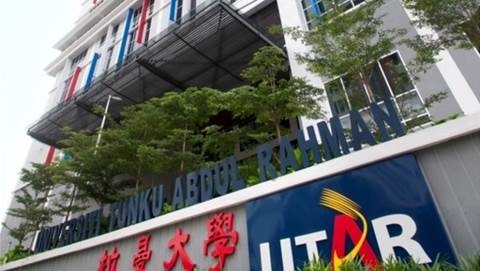The Nanyang Technological University in Singapore has adopted Pure Storage’s FlashBlade, a unified fast file and object (UFFO) storage platform, to fulfil its growing demand for supercomputing resources at the university’s High Performance Computing Centre (HPCC).
Contributing to the university's research mission, the NTU HPCC processes data for projects led by NTU Singapore and its partners, ranging from genome sequencing to weather analysis.
Given that up to eight supercomputing workloads could be running concurrently at any time, the HPCC team has turned to FlashBlade to support increasingly complex workloads and massive datasets. The capacity and latency improvements are expected to help more research teams from the various schools significantly reduce the time needed for their data analysis, allowing them to focus on interpreting their data and accelerate their project timelines.
One of the first to test out its processing capabilities is a genome assembly project carried out by researchers at NTU’s School of Biological Sciences. The team, led by Assistant Professor Jarkko Salojarvi, is currently in the process of sequencing and analysing the DNA of over 1,000 plant species.
“If we looked at one genome a week, it would take us 20 years to cover 1,000 species, so it was important for us to run analyses in parallel. Moving to FlashBlade has enabled us to significantly speed up the process,” said Salojarvi.
Running jobs in clusters leads to better speed and performance
With FlashBlade enabling them to run up to four jobs in parallel, the team was able to complete more than 550 assemblies in just 18 months, compared to less than 100 assemblies within the same time span if examined one by one.
Being able to accelerate the project timeline means that researchers can look at expanding the research to other areas or dive deeper into specific species or types. Other researchers studying environmental conservation, climate change or the plants’ potential pharmaceutical use will also be able to tap on their findings.
The increase in computational power has also enabled the HPCC to support even more research requests while upholding its commitment to sustainability. Switching to ultra-dense all-flash technology has reduced the amount of rack space needed, allowing the HPCC team to optimise the centre’s physical space.
Additionally, the lower energy and cooling requirements reduced the HPCC’s overall power consumption and minimised emissions. The combination of these two advantages allowed the HPCC to expand on its available computing resources exponentially, while still meeting the energy efficiency standards to be certified as a Singapore Standard SS 564 Green Data Centre. The HPCC is currently one of 13 organisations in Singapore to be certified to SS 564, and the only institute of higher learning on the list.
“FlashBlade’s ability to scale up performance while lowering I/O latency has exceeded our expectations," said Alvin Ong, Chief Information Officer, NTU Singapore. “We are confident that we’ll be able to meet the increasing demand for supercomputing resources and strengthen NTU’s position as a world-class research-intensive university, while walking the talk when it comes to protecting the environment.”









